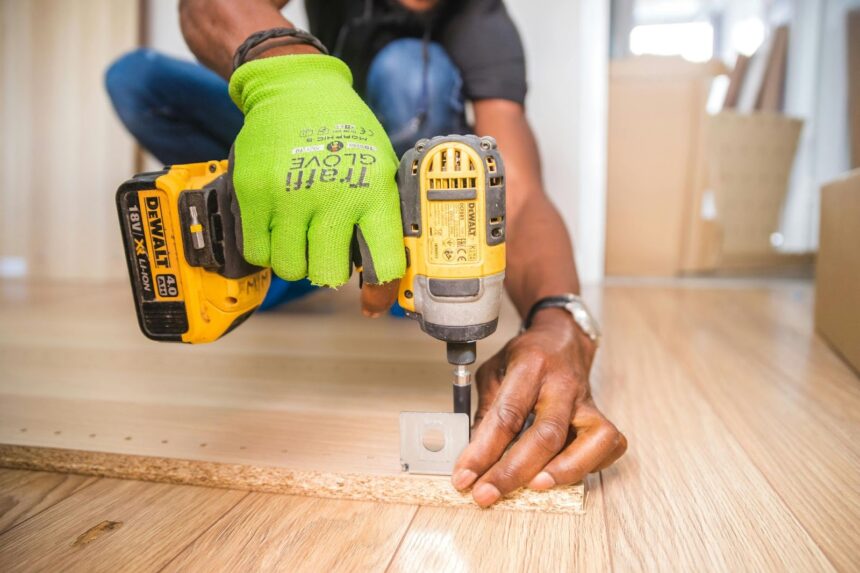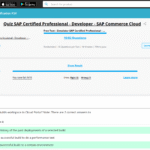When it comes to keeping your tools in top shape, drill bits deserve just as much attention as the drills they’re attached to. Whether you’re a weekend hobbyist or a full-time tradesperson, knowing how to properly maintain and store your drill bits can save you both time and money—and make your work cleaner and more precise.
Poorly maintained bits can dull quickly, wear unevenly, or even become unsafe to use. That’s why a few smart habits go a long way in extending their life. This guide walks you through the most practical ways to take care of your drill bits, and how a smart drill bit holder can help you keep them protected and ready to go.
Clean Your Bits After Every Job
The first step to drill bit maintenance is also the simplest—keep them clean. After each use, wipe off dust, dirt, and metal shavings with a soft cloth or a wire brush. For sticky residue or material buildup, a light solvent can help. Leftover debris can dull your bits, invite rust, and reduce drilling efficiency over time.
Apply the Right Lubrication
Drilling through metal or other hard materials generates heat—and too much heat will wear out your bits quickly. A good quality drill bit lubricant or cutting oil reduces friction and keeps temperatures down during use. Apply it before you start and reapply as needed for longer sessions. Not only does it extend your bit’s life, but it also helps protect the material you’re working with.
Keep Drill Bits Sharp
Using a dull drill bit makes any job harder—and can damage your project or your tool. A sharp bit cuts cleaner, requires less pressure, and produces more accurate holes. You can invest in a bit sharpener or have your bits professionally serviced. Either way, sharpening your bits regularly will pay off in both quality and efficiency.
Use the Right Bit for the Right Material
Every drill bit is designed with a purpose. Masonry, wood, plastic, or metal—using the wrong bit can dull it quickly or cause it to chip. Keep your bits labeled and organized by type so you can quickly match the right bit to the material you’re working with. If you’re ever unsure, refer to manufacturer guidelines for best practices.
Control Drilling Speed to Avoid Heat Buildup
One common cause of bit damage is excessive speed. High RPMs can overheat your drill bit, causing it to lose temper and reduce cutting power. Adjust your speed depending on the material—lower speeds for harder surfaces like steel or masonry, and higher speeds for soft woods or plastics.
Choose the Right Drill Bit Storage System
Where and how you store your drill bits has a big impact on their longevity. Loose bits in toolboxes can rub against other tools, get nicked, or even go missing. The ideal solution is a dedicated drill bit organizer that separates, protects, and keeps your bits within easy reach.
Magnetic bit holders, like those that mount directly onto cordless drill batteries, offer a flexible way to store commonly used bits while actively working. These magnetic bits storage tools keep everything within arm’s reach and reduce the risk of losing or damaging small components during projects.
Keep Bits in a Dry, Low-Humidity Environment
Humidity is one of the biggest threats to your tools. It leads to rust, corrosion, and weakens the bit’s performance. Store your bits in a dry space—away from basements or other damp environments. Silica gel packs or a small dehumidifier in your tool area can help keep moisture at bay.
Use Protective Cases with Individual Slots
Storing your bits in a case with designated slots prevents them from knocking into each other, which can lead to chipping or dulling. A segmented, padded case also helps with quick access and organization—especially when working with multiple sizes and types.
Install Hanging Racks for Quick Access
If you work with drill bits often, a wall-mounted bit rack or pegboard system can make a big difference. These keep your bits visible, accessible, and off cluttered work surfaces. Combined with a clear labeling system, it’s a time-saving upgrade to any workspace.
Segment and Label by Bit Type
Keeping your bits organized by material type and size makes it easier to grab what you need and reduces the chances of using the wrong bit. A labeled drawer system or magnetic bit board helps you avoid mix-ups while improving efficiency on the job.
Check Your Bits Before Every Use
Before powering up your drill, inspect your bits. Look for dull edges, cracks, or missing tips. A damaged bit can affect accuracy or even break while in use. If anything looks worn or off-center, set it aside and replace it. Staying proactive avoids poor results—and potential safety hazards.
Rotate Bits to Avoid Uneven Wear
If you’ve got duplicates or multiple sizes in a set, rotate your usage. This prevents your most-used bits from wearing out too quickly while others sit untouched. A regular rotation schedule can greatly increase the average lifespan of your bits, especially in professional environments.
Handle with Care and Avoid Impact
Drill bits may look tough, but they’re still prone to damage from rough handling. Dropping them or storing them loosely in a cluttered toolbox leads to nicks, dents, and dull edges. Whether you’re on-site or in your home garage, treat bits like precision tools. Store them securely and transport them with protection.
Final Thoughts on Long-Term Drill Bit Maintenance
Maintaining your drill bits isn’t about complicated techniques—it’s about small, consistent habits that extend tool life and improve your results. From cleaning and sharpening to using the right bit and drilling technique, every step you take adds to performance and safety.
If you’re still throwing bits into a cluttered drawer or hunting for the right one mid-project, now’s the time to upgrade your drill bit organization system. Smart storage tools—especially magnetic bit holders that integrate directly with your power tools—are a small change that creates big efficiency.
Good tools last longer when they’re respected, and a well-maintained drill bit is the foundation of quality craftsmanship.














